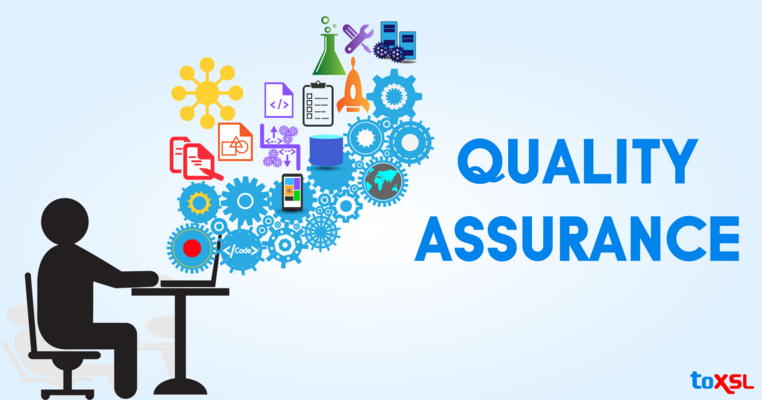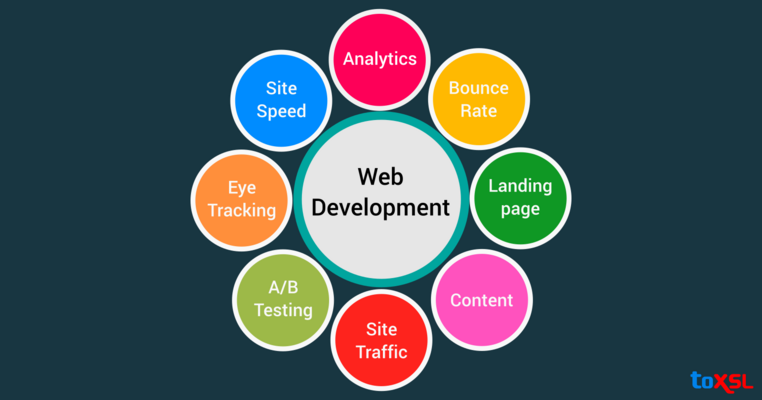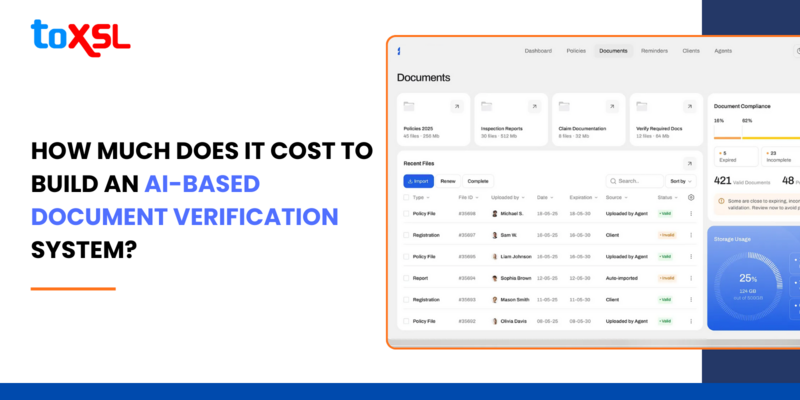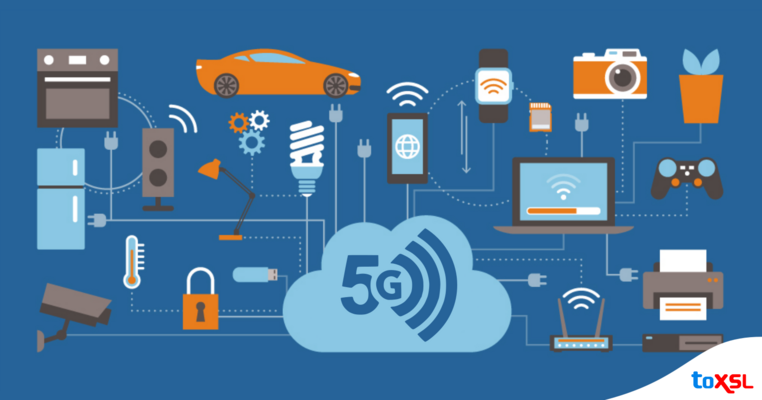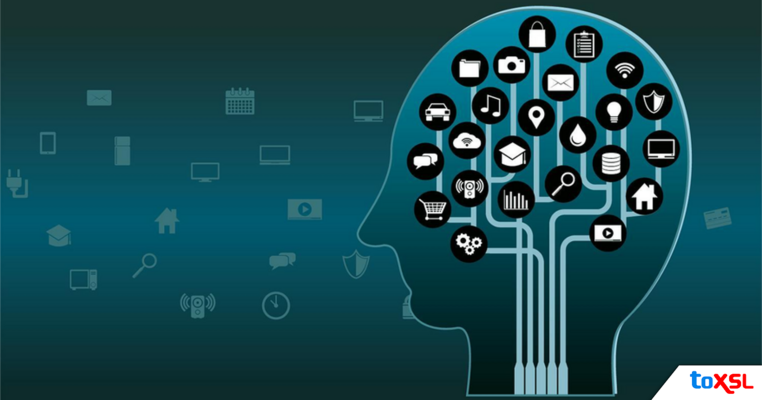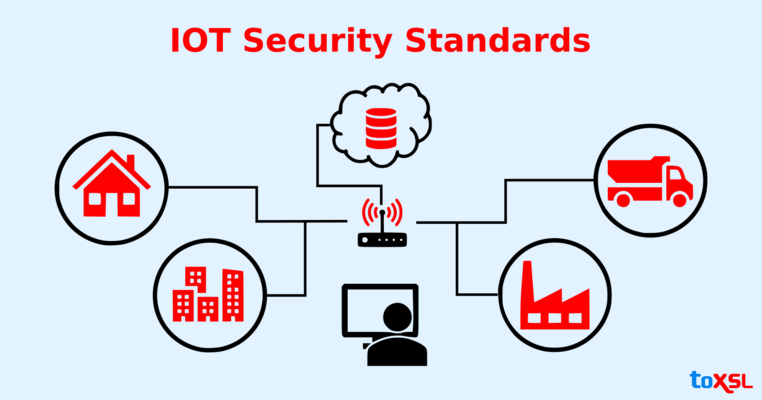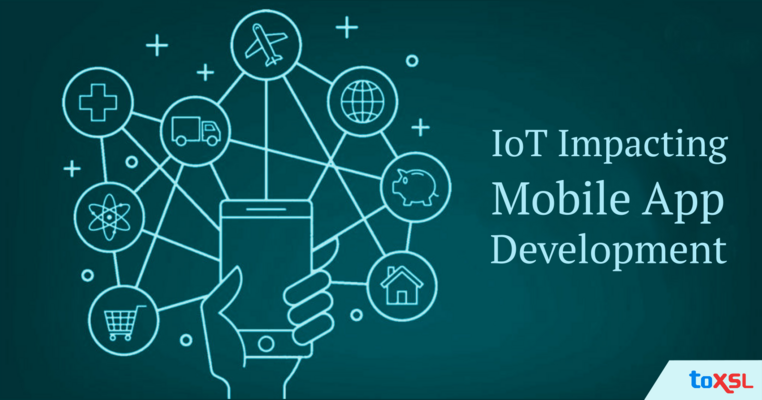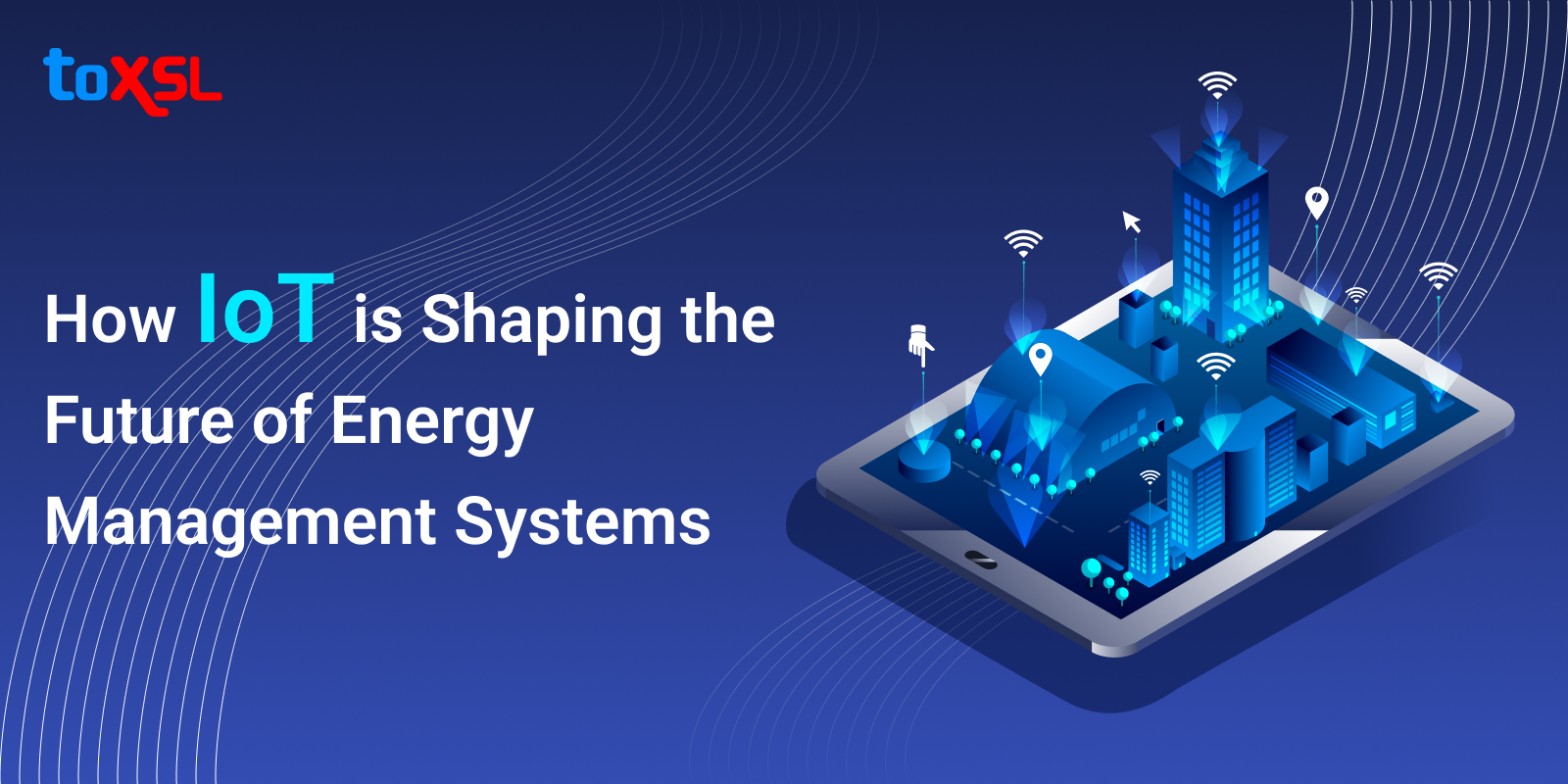
The field of Internet of Things (IoT) has revolutionized modern technology. It connects a wide range of devices, ranging from smart om everyday home appliances and wearable technology to smart industrial equipment. The main goal is to make connections across various domains by gathering, exchanging, and processing data across the internet. The Internet of Things (IoT) has a big effect on how we manage energy. When IoT technology is used in energy systems, it helps organizations become more efficient, save money, use resources better, and be more environmentally friendly.
According to Statista, the energy management market is estimated to reach $11.3 billion in 2025 and $16.3 billion by 2029, growing at a CAGR of 9.68%. IoT allow energy management systems to monitor data in real-time, predict what might happen, automate tasks intelligently, and adjust controls as needed. This combination of technologies not only makes operations run smoother and helps with decision-making but also helps create energy systems that are sustainable and strong across many industries.
Benefits of IoT in Smart Energy Management Solutions
IoT offers great benefits to smart energy management systems. Here are a few of them:
Reduce Energy Cost: The Internet of Things (IoT) helps a lot with managing energy. One of the biggest benefits is that it can lower energy costs. This is why companies and governments are interested in IoT. It offers useful information, allows you monitor things in real-time, and uses smart measuring tools to help reduce energy expenses.
Automate Energy Management: Internet of Things (IoT) energy saving system allow automation of multiple processes. It gathers energy data from IoT devices and use it for measurement and analytics. Thisallow employees to focus on creating great energy strategies, helping them to limit manual tasks.
Lower carbon Footprint: Sustainability is not just a new fashion. It is how things are now. In this new way, businesses try to reduce their emissions. This is where using the Internet of Things for energy efficiency can help. It allows companies to see how they affect the environment and use resources better.
Ensure Regulatory Compliance: IoT energy management solutions use analytical tools. This helps businesses follow energy rules and regulations, resulting in easy management of certifications.
Support Green Energy Initiatives: Green energy, by emphasizing on sustainability, has become the power of industry’s future. Nowadays, numerous businesses are introducing green energy into their activities.To make the future more sustainable, IoT is helping businesses develop an energy conservation plan.
Improve Asset Upkeep: Want to monitor equipment’s condition? Well, the Internet of Things is not limited to energy management. These technologies allow businesses to monitor the condition of equipment and sensors.
Popular Energy Management IoT Solutions
The Internet of Things is used in numerous energy-saving systems. Let us take a look at the common IoT applications in smart energy management solutions:
Smart Metering Systems: IoT-based smart metering systems help businesses monitor electricity consumption. Theymake it possible for users to gather data and give it to energy providers. Smart meters can do a lot of different things. For example, they can track how much energy each appliance in your home uses, so you can see which ones use the most power. They can even send you reminders to turn off devices that are still on. Smart meters also help energy companies. They can predict how much electricity people will need, see when people use the most energy, and make sure they have enough electricity available.
Smart HVAC Systems: Heating, cooling, and ventilation (HVAC) use most of the electricity in homes and businesses. However, with the help of smart HVAC systems, you can keep an eye on how much energy is being used and control it right away. Normally, most smart systems use the internet to manage energy in the heating and cooling sector and track things like temperature, humidity, and how much light is being used. These systems can also change how much energy is used in different areas of a building, like dividing it into separate zones.
Energy System Monitoring: Using the Internet of Things (IoT) to manage energy allows businesses to predict problems before they happen. This is possible because businesses can watch and take care of energy equipment. With IoT in energy management, businesses can check important system information from anywhere and see how well the equipment is working and how much wear and tear it's experiencing. This means you can fix things before they break down completely. One way to do this is to use IoT with "digital twin" technology. Sensors on the equipment send information about its performance to virtual copies of that equipment. This allows businesses to manage everything from a distance.
Green Energy Solutions: Using the Internet of Things (IoT) can help us use green energy more efficiently. Whetherit's solar panels (like those from Schneider Electric) or wind turbines, these technologies can help save energy in homes and businesses. We can manage green energy with IoT systems just like we manage traditional energy. We can connect sensors, devices, and software to track energy use as it happens.
How to Develop Energy Management Software?
Let us have a look at the steps needed to develop an energy management software:
Identify Key Requirements: Before starting with the development of EMS software, you must know your target audience.Also, it is highly recommendedto verify the idea with an IT consulting services company and know if your idea will have a place in the market.It will give you an idea if there arechances of you winning the market. Ensure to gather all the information related to energy consumption, reporting, and optimization.
Design User-friendly Interfaces: Now you know that energy management software needs to be easy to use and have a clear design. Designers create dashboards and tools that make it simple to track how much energy you're using. They also make sure the software is easy for everyone to use. This helps people make good decisions by showing them clear information and making it easy to find what they need.
Right Tech Stack: No matter how much effort you put into deciding on the designs and your requirements, if the technology stack you choose is not right, you can have a hard time succeeding. Ensureto use of IoT to develop IoT-based energy management software. Usingexactly what is needed improves the software’s dependability.
Development and Testing: Now after, choosing the right tech stack, you can start with the development process. Once you successfully develop the energy management software, send it to the testing team to check for any issues. Testing team will help you fix bugs, helping in successful launch.
Launch and Maintenance: Once testing is completed, the developers can launch energy management software in the Play Store. Further, businesses can offer energy management systems training to users and help them use it properly.
How Much Does it Cost to Develop Energy Management Software?
Building energy management system is not an easy process. It encapsulates a lot of challenges and one of the challenge is to decide the development budget. But, how much does it cost to build energy management system? In general, the cost to develop energy management solutions is not fixed and ranges between $10,000 to $50,000. However, the cost keeps on changing based on complexity of features and functionalities required.
Conclusion
Developing energy management software can be a big investment for a business, but it is a great way to lower costs and use energy more efficiently. To create the best software, you need to think about what kind of features it needs, how much it will cost, and what technology will be used.
Are you thinking about building an energy management system? ToXSL Technologies, a leading energy management services provider company, helps businesses develop systems that perfectly fit their business needs and keep them secure. Why wait? Contact us today to get the best energy management system solution.
Frequently Asked Questions
1. How does the energy management system work?
Here is how an energy management system works.
- Monitors Energy Usage: EMS helps you monitor real-time energy consumption across various areas or devices.
- Data Analysis: Data analysis helps businesses identify energy trends and other opportunities.
- Goal Setting: Businesses can easily set energy reduction targets and track processes over time.
- Implement Strategies: Implementation strategies automateenergy-saving measures such as scheduling and load shedding.
- Generate Report: Develop reports for data analysis and help you make better decisions.
2. How To Build Energy Management Software?
Developing energy management software is challenging. Here are a few steps that can help you develop an energy management solution:
- Do a proper market research
- Understand your competitors
- Design user interface
- Start with the development process
- After development, conduct testing
- Launch and Maintain your software
3. What is an energy management system?
An Energy Management System (EMS) is a technological platform designed to monitor, control, and optimize energy consumption in buildings, businesses, or utility grids. It integrates hardware, software, and data analytics to achieve efficient energy use while reducing costs and environmental impact.





